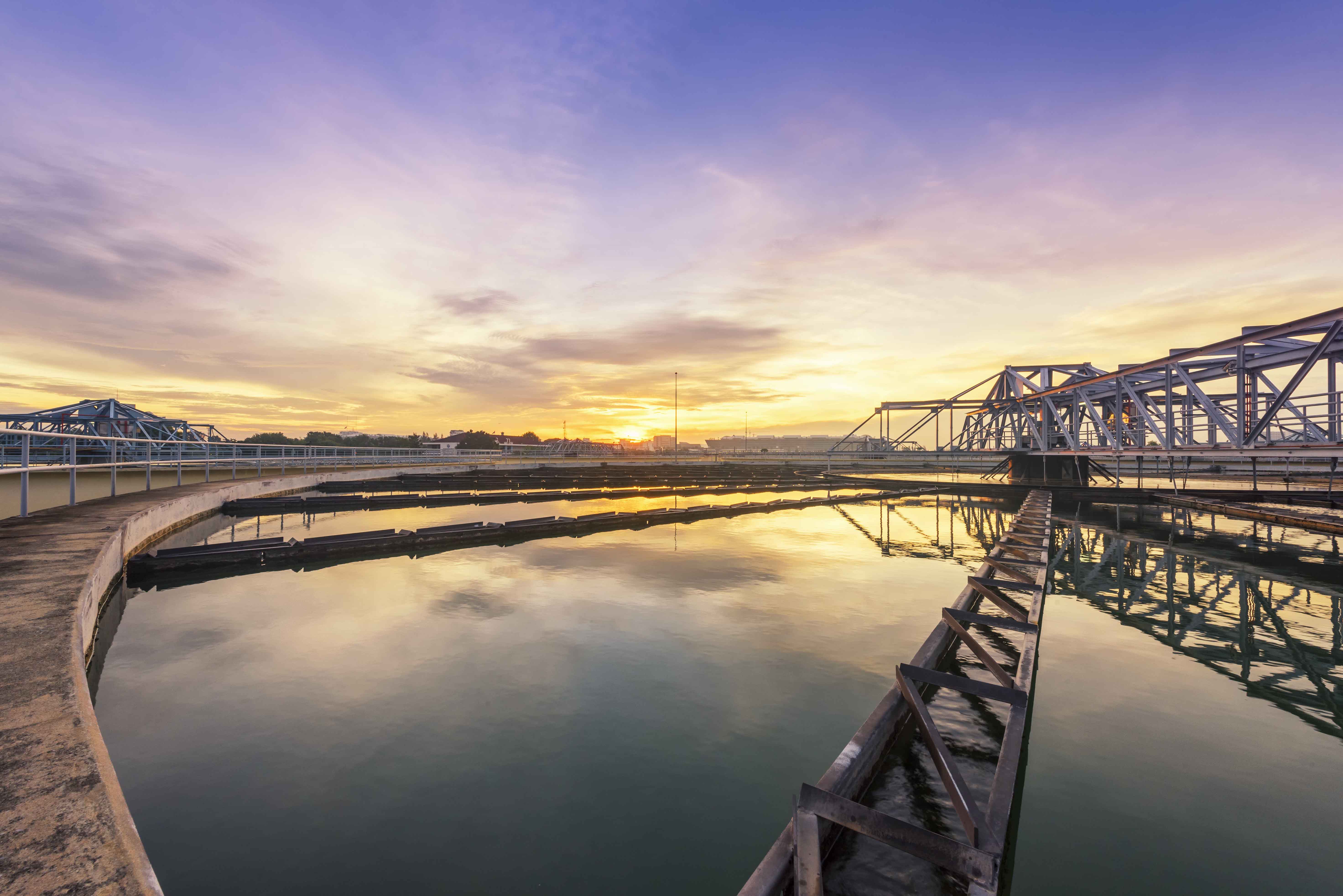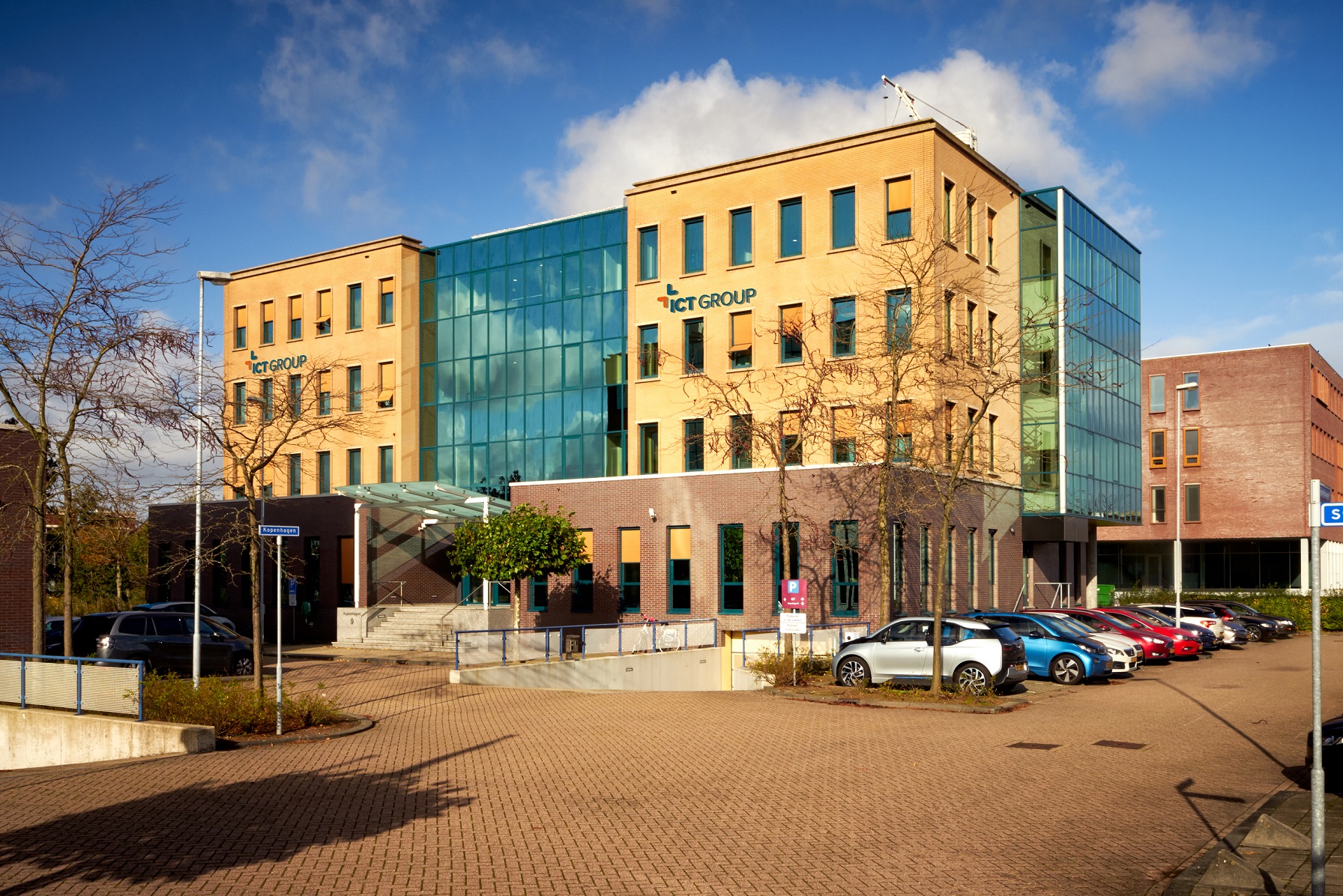
ICT Group designs and builds process automation for Utrecht’s new wastewater treatment plant
- 14 March 2017
- 3 minutes
How do you build reliable software for controlling one of the largest wastewater treatment plants in the Netherlands when the exact specifications aren’t even available yet? That’s ICT Group’s challenge in building the new Utrecht wastewater treatment plant for the ‘De Stichtse Rijnlanden’ water board. ICT Group’s Pasquale Rinaldi of the Water & Infra business unit unveils the solution.
Surface water in the Netherlands is exceptionally clean. This is partly due to the water authorities that play a prominent role in constantly improving water quality. For instance, the ‘De Stichtse Rijnlanden’ water board, which is responsible for treating wastewater in the Greater Utrecht Area and discharging it to surface water. In order to further improve the quality of the treated water – known as ‘effluent’ – the water authority has commissioned the construction of an ultramodern treatment plant, which will be built north of the city of Utrecht and will replace the current plant in early 2019. The plant will treat the wastewater from more than 430,000 of the city’s residents or their equivalents. This makes it one of the largest wastewater treatment plants in the Netherlands. The new plant uses Nereda technology, which was developed and patented by engineering consultancy firm Royal HaskoningDHV. The technology simplifies the treatment process and reduces the time required for the process.
Process automation
A consortium of Heijmans and GMB Civiel is responsible for designing and building the wastewater treatment plant and for maintaining it during the next 10 years. The consortium selected ICT Group to design and build the process automation for the plant. Maarten Tiedemann, project director of the consortium: “The combination of ICT Group’s approach, the experience of the team that will carry out the project, as well as their expertise in automating wastewater treatment plants gave us the confidence that they were the right people for the job.”
Systems Engineering “We work closely with Heijmans/GMB Civiel based on the principles of systems engineering,” is how ICT Group’s project manager Pasquale Rinaldi describes the partnership. “We have already been involved in the design process since mid-2016. The process passes through a series of phases, ranging from the preliminary design and final design to the implementation design. We expect to be able to start working on the implementation design in March 2017. This will be followed by the realization phase, which is when we will build, test and deliver the software.”
SCADA system
The treatment plant consists of two production lines. The water line processes the incoming wastewater, filters the bulky waste, and purifies the water using active sludge (sludge containing bacteria). This sludge is processed in the sludge line by dewatering and subsequently discharging it. Both lines are operated by a SCADA system that was designed, built and tested by ICT Group. The system communicates with PLCs that control the plant and were programmed by ICT Group The SCADA system fulfills three functions. First of all, the system visualizes the processes for the operators and allows them to operate the system from a monitor. Secondly, it displays messages and alerts, and, if required, passes these on to a notification system. Thirdly, the system generates data on the treatment process, which can be used to analyze information such as energy consumption or effluent quality.
Flexible software building methods
Building the SCADA and PLC software is a challenge for ICT Group, especially because of the pressure in terms of the required time span. Rinaldi: “A sufficient amount of bacteria has to be cultivated in order to be able to start water treatments in 2019. The waterline, which also cultivates bacteria, already needs to be operational one year earlier. This means that we have to complete the software for the water line within a timeframe of approximately six months.” ICT Group is resolving this issue by means of flexible software development. “Normally you wouldn’t start programming a PLC until you know the complete specifications of the electronic devices it communicates with, such as the sensors, valves and pumps,” Rinaldi explains. “However, as it is, we don’t have all the required data available yet. If we were to wait, we wouldn’t be able to make the deadline. That’s why we decided to start the building process with the data that we do have, and finish the software as soon as the data set is complete.”
Plug and socket
Rinaldi compares the development method with a plug and a socket. “As a matter of fact, we’re building a plug while we don’t even know what the socket will look like. But of course you don’t want to come to the conclusion that the plug doesn’t fit by the time you’re ready. This is why we start by describing what we’re going to build, and we only start the actual building process after we have received approval from the client, De Stichtse Kraan. In addition, we make sure we align our work with that of other contractors. The suppliers of the SCADA and PLC software help us to be able to guarantee the reliability and speed of the systems.” The demolition of the sludge fermentation tanks and the old office building was started at the beginning of this year in order to clear space for the new plant. The new construction will start in May. The water authority will put the plant into service at the beginning of 2019, after which the old plant will be decommissioned. That’s how business continuity is guaranteed. Heijmans and GMB will be responsible for the system’s maintenance during the next 10 years. ICT Group will likely be managing and maintaining the software.
